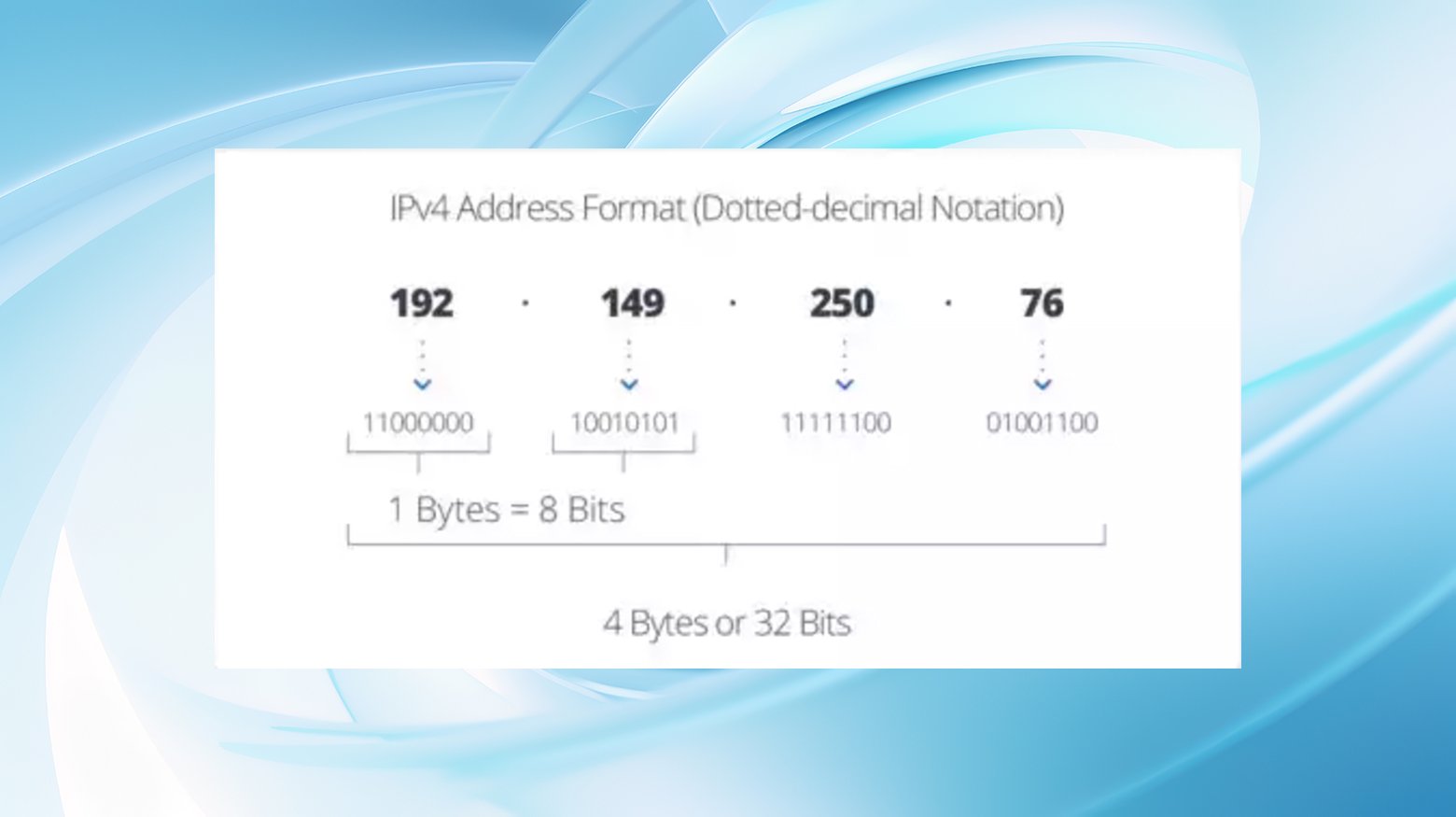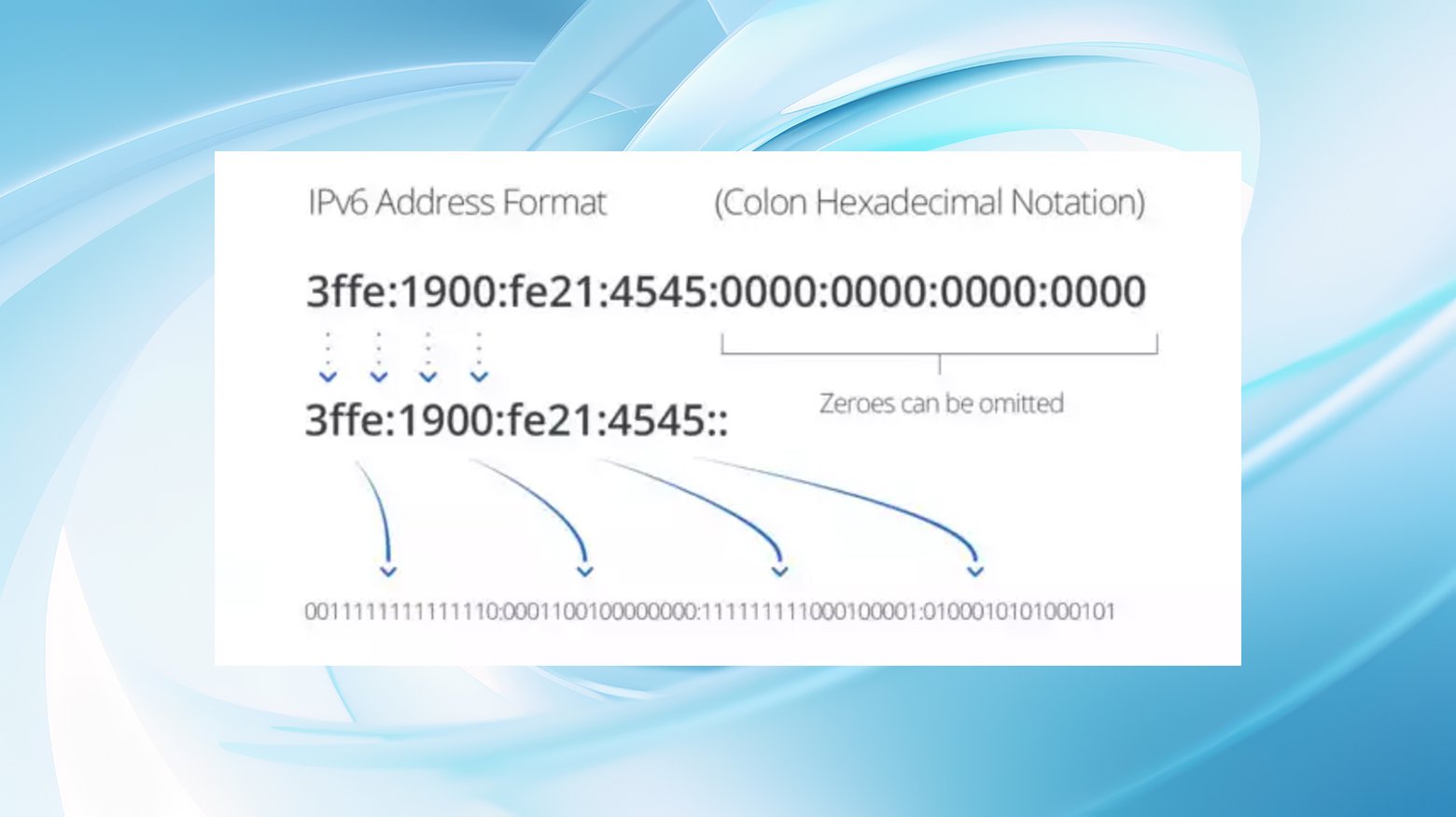Navigating the realms of the Internet, you’ll often stumble upon the terms IPv4 vs IPv6. These are versions of the Internet Protocol (IP), the critical set of rules that enable our devices to send and receive data across the web.
But what exactly sets these two apart, and why do we have two versions in the first place?
Let’s dive into the differences, reasons for the new version, and their implications on the digital landscape.
IPv4 vs IPv6: why two Internet Protocols (IP)?
Essentially, the Internet Protocol is what allows the Internet to function. It’s like the postal service of the digital world, ensuring data packets get from point A to point B.
Each device connected to the internet has a unique IP address, serving as its specific identifier. When you check your IP address online, you’re peeking at the digital equivalent of your home address in this vast network of connections.
The story of IPv4
Introduced way back in 1983, IPv4 was the first version of IP to be widely implemented. It uses a 32-bit address system, which might look familiar to you as something like 192.168.10.150.

This format provides over 4 billion unique addresses. While that number might seem huge, it’s not enough in today’s world where multiple devices per person and billions of Internet of Things (IoT) devices are the norm.
Enter IPv6
IPv6 was developed to solve the looming shortage of IP addresses. It uses a 128-bit address system, significantly expanding the number of available addresses. An IPv6 address includes both numbers and letters, looking something like 3002:0bd6:0000:0000:0000:ee00:0033:6778.

This leap in address space is akin to expanding from a small town to an entire galaxy of addresses, ensuring we won’t run out anytime soon.
Breaking down the difference between IPv4 vs IPv6
Address length: The most obvious difference is the size of the address. IPv4’s 32-bit is dwarfed by IPv6’s 128-bit length, offering a virtually unlimited pool of IP addresses.
Address format: IPv4 addresses are numeric and separated by periods, while IPv6 addresses are alphanumeric and separated by colons.
Technical improvements: IPv6 isn’t just about more addresses. It includes enhancements like built-in network security (IPsec) and quality of Service (QoS) capabilities that eliminate the need for Network Address Translation (NAT), facilitating direct internet connections.
Enhanced capabilities with IPv6
IPv6, defined in RFC 2460, emerged from the necessity to address IPv4’s limitations, particularly in scalability and efficiency, paving the way for a more robust and capacious internet framework.
IPv6 isn’t merely about expanding the number of available IP addresses; it introduces a suite of improvements over IPv4 that propels internet technology forward. These enhancements include:
More efficient routing: IPv6 simplifies the routing process by enabling direct routes without the need to fragment packets, streamlining data flow across the internet.
Quality of Service (QoS): Recognizing the importance of data packet priority, IPv6 includes built-in QoS, ensuring that time-sensitive data (like video and audio streams) is transmitted efficiently.
No more NAT: The expansion from 32-bit to 128-bit addresses in IPv6 eliminates the need for Network Address Translation (NAT), allowing for direct internet connections and simplifying network design and management.
Integrated security: IPv6 was built with IPsec, offering end-to-end encryption and authentication right from the protocol level.
Operational differences between IPv4 and IPv6
In addition to the expanded capabilities, the operational framework of IPv4 and IPv6 showcases their differences and the technological advancement IPv6 brings
Simplified network configuration: Stateless address auto-configuration in IPv6 eases the burdens of network administration, allowing devices to generate their IP addresses automatically.
Network classes vs. subnetting: While IPv4 categorized addresses into classes (A, B, C) to manage network sizes, IPv6 utilizes subnetting, allowing for more flexible network size adjustments within a given address space.
Broadcast vs. multicast: IPv4’s use of broadcast addresses required every device to examine packets, creating inefficiencies. IPv6 employs multicast groups for targeted delivery, reducing unnecessary load on devices not concerned with specific packets.
Unspecified and loopback addresses: IPv6 simplifies these concepts with :: for unspecified addresses and ::1 for loopback, streamlining certain network operations.
Optimized header structure: IPv6 reduces the processing overhead with a more streamlined header, enhancing performance.
Address types: IPv6 distinguishes between globally unique unicast addresses and local addresses, improving upon IPv4’s use of public and private addresses.
One version is the fastest?
When it comes to speed between IPv4 and IPv6, the answer isn’t straightforward. Theoretically, IPv6 should offer performance benefits over IPv4 for several reasons, such as
- More efficient routing,
- Direct addressing without the need for Network Address Translation (NAT),
- Optimized packet processing.
However, in practical applications, the speed difference between IPv4 and IPv6 can be negligible for the average user.
Some tests and studies suggest that IPv6 can be slightly faster in certain scenarios, largely due to its streamlined approach to handling data packets and the absence of NAT, which can introduce latency. For instance, Facebook and Akamai have reported instances where IPv6 showed a slight speed advantage over IPv4.
Nonetheless, these differences are often so minor that they might not be noticeable in everyday internet use, and various factors, including network configuration and the type of content being accessed, can influence performance.
Which is more popular, IPv4 vs IPv6?
As for popularity, IPv4 remains the more widely used protocol, despite IPv6 offering numerous advantages. There are a few reasons for this:
Establishment and compatibility: IPv4 has been in use since the 1980s, making it deeply ingrained in the infrastructure of the internet. Many older devices and systems are designed to use IPv4 and may not support IPv6 without updates or modifications.
Transition challenges: Moving from IPv4 to IPv6 is not just a matter of updating software or hardware; it requires a comprehensive overhaul of the internet’s infrastructure, which can be costly and complex. As a result, many organizations opt to continue using IPv4 until it becomes untenable not to switch.
Address translation and dual stacking: Technologies like NAT have extended the lifespan of IPv4 by allowing multiple devices to share a single public IP address. Additionally, dual-stack systems, which run both IPv4 and IPv6, provide a bridge between the two protocols, easing the transition but also prolonging the dominance of IPv4.
IPv6 adoption variances: Adoption rates of IPv6 vary significantly around the world. Some countries and regions have aggressively moved towards IPv6 adoption, driven by a shortage of IPv4 addresses and the growth of the internet. In contrast, others have lagged behind, either due to the availability of abundant IPv4 addresses or the perceived complexity and cost of migration.
The future landscape
The transition from IPv4 to IPv6 is a cornerstone in the ongoing development of the Internet. While IPv4 laid the groundwork, IPv6 opens up new possibilities for innovation, security, and connectivity. As adoption grows, the full potential of IPv6 will unfold, supporting the expansion of the internet into new territories and technologies. The coexistence of IPv4 and IPv6 through mechanisms like dual-stacking ensures a smooth transition, maintaining the internet’s ubiquity and utility during this evolutionary phase.














